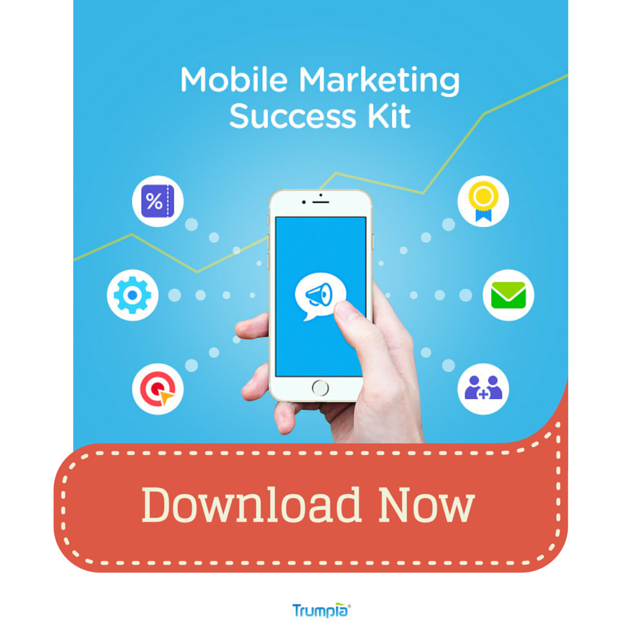 Copyright: welcomia / 123RF Stock Photo
Copyright: welcomia / 123RF Stock Photo
A variety of providers need multi-factor authentication, abbreviated as “MFA,” to ensure the stability of in-house and customer-related operations alike. As an SMS marketer, your consumer’s protection should be paramount. Multi-factor authentication increases each consumer’s protection, verifying independent credentials across several channels of identification.
Check out this crash course on protection, and how you can impact your consumers with superior coverage and security durability.
What is Multi-factor Authentication?
Multi-factor authentication harnesses at least two credentials to ensure a customer’s total protection. In most cases, the independent credentials are a user’s password, an identifying online mark like a security token and biometric verification. In essence, it matches a host’s signature with direct input.
Why do Companies Use Multi-factor Authentication?
MFA is incredibly popular for SMS marketers. As a provider, your responsibility is to your consumers. MFA is a dense, layered network of authorization requests and matchups. It determines a target’s physical location, used access device and network choices. It's accessible across a variety of devices, too, ensuring total consumer coverage.
If a single MFA factor is broken, the defense fails, and the unauthorized individual is barred from further access. Often, the original and authorized user is notified when such an action occurs.
Quickness of Response and Multi-factor Authentication
Multi-factor authentication chief benefits exist in its quick responsiveness. If an unauthorized individual accesses a target via physical location, network, computing device or database, multiple factors prevent the user from connecting completely. In this time, the primary user may be notified.
Compromised factors normally indicate a malicious user’s information resources, too. A user breaching one barrier successfully may similarly reveal a user’s location, network or other indicators. This system isn't only useful for defense, either. It's capable of pinpointing attacks, determining malicious user intention and other variables.
Types of Multi-factor Authenticators
Multi-factor authenticators are used by many providers. While SMS marketers gain security, reputability and effectiveness by implementing MFA solutions, other business, credit and security providers use them to expand protection across years of product and service use.
Multi-factor authenticators are used when:
- Entering a website
- Using a one-time password
- Entering a PIN when using a debit card
- Downloading a VPN client
- Accessing security questions when accessing an account
- Attaching USB hardware to a device to generate a one-time passcode.
About Authentication Factors
The platform’s factors play individual and combined roles. Each factor asserts security by requiring identity verification. When such a system is used, each additional factor ensures the party requesting access is completely verified. In essence: A multi-layered protection system offers increasing security as a user navigates its entryways.
Verification, itself, is achieved by asking for a knowledge factor. Knowledge factors require the user’s direct input of self-held knowledge. Additionally, a possession factor must be presented in the form of a token, USB drive or similar item. An inherence factor is used to supply the user’s biometric information. The result of partnered factors is a system requiring biometric input, knowledge and a physical “key” to satisfy security entryways.
Why is Multi-factor Authentication Important?
SC Magazine’s coverage of multifactor authentication asserts its use in a wealth of industries. High-value information deserves protection, and users covered by these systems achieve great protection with both management and deployment solutions. SMS marketers directly working with IT and security teams can create air-tight user environments—environments designed to fully protect text channels and the mobile owners navigating them.
As the mobile world expands, mobile marketers are presented with a wealth of solutions to reach their consumers. SMS strategies revolve around security, and instant authentication is a must-have in any business environment. Unfortunately, malicious users will persist, threatening users with identity theft or worse.
Your authentication platform should play an integral role. Of course, mitigating attacks should be considered heavily. An ideal authentication platform adheres to changing industry standards, adapting to the consumer’s needs while creating total security. By utilizing multiple security layers, the user ensures maximum privacy and protection.
These complex security systems have a bright future, too. Opt-in SMS strategies, when paired with multi-factor authentication, are incredibly potent, and geo-location services will only increase MFA’s potential. Smartphones are changing, and security is empowered by the systems behind it.




